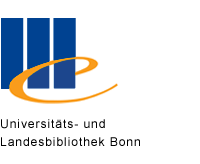In response to COVID-19, dramatic safer-at-home policies were implemented. The understanding of their impacts on social distancing, travel and pollution is in its infancy. We pair a differences-in-differences framework and synthetic control methods with rich cellular tracking and high frequency air pollution data. We find that state and U.S. county safer-at- home policies are successful in encouraging social distance; beginning the day of the policy trips outside the home are sharply decreased while time in residence rises sharply. With less vehicle traffic, we find: a 50% reduction in vehicular collisions; an approximately 25% reduction in Particulate Matter (PM2.5) concentrations; and a reduction of the incidence of county-days with an air quality index of code yellow or above by two-thirds. We calculate that the benefits from avoided car collisions could range from $7 billion to $24 billion while the benefits from reduced pollution could range from $650 million to $13.8 billion.

